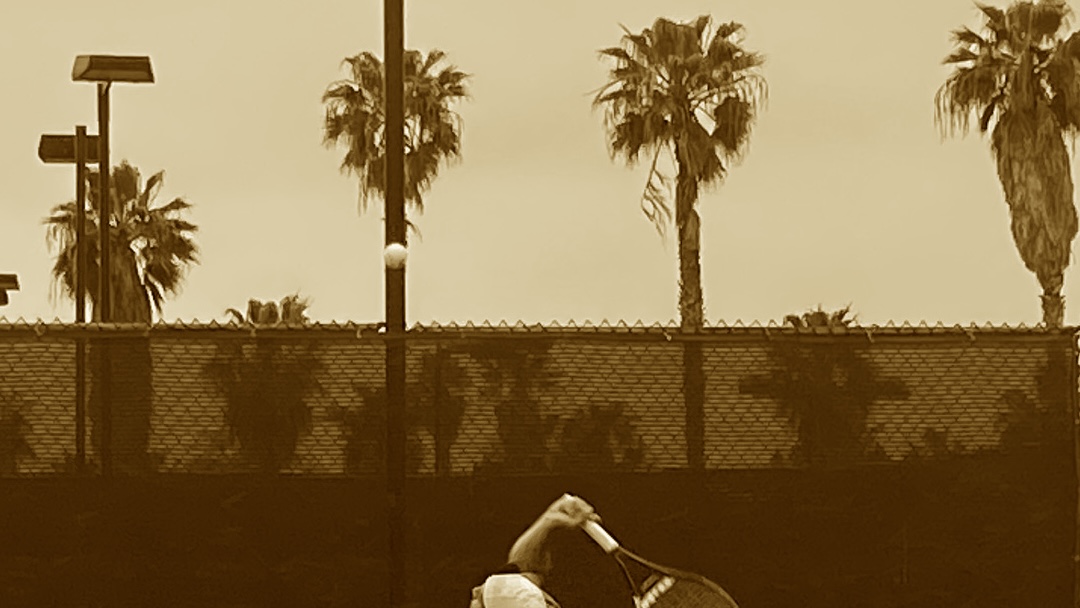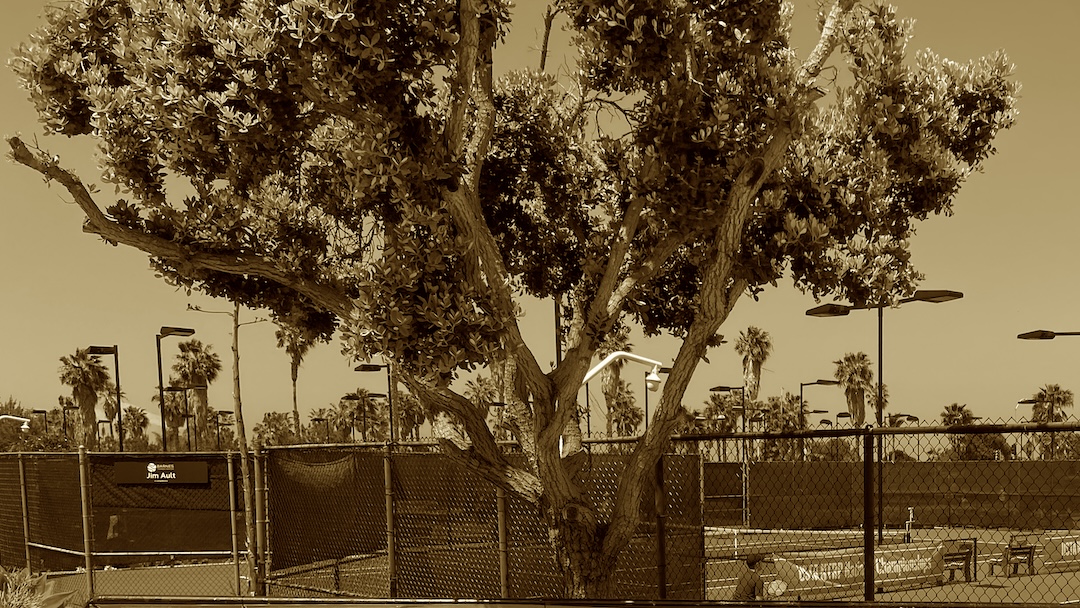The USTA releases drafts of the new League Regulations prior to the end of each year. It is an administrative necessity, as early season play starts in December in some places and registration for the spring season is already underway. In those early drafts, the updates to the Regulations are highlighted in red font. A summary of the significant changes is also included in the forward of the new document.
The first “Major Regulation Change for 2023” called my attention to subtle differences between the various types of Grievances. The update significantly expands the potential timeframe for Eligibility Grievance and disqualification review at the option of each Section. The new text reads as follows:
In the event of an eligibility disqualification during the local league season and up to a maximum of 14 days after the end of the local league season, but prior to any playoff, all matches played by the disqualified player shall be considered defaults and those matches shall be considered wins for the opposing players or doubles teams and scored 6-0, 6-0 for determining standings. Sections must determine the timeframe between 24 hours and 14 days. The ineligible player will not be allowed to continue or advance. In case of an eligibility disqualification in single elimination, the last individual match played by the disqualified player shall be considered a win for the opposing player or doubles team and scored 6-0, 6-0 for determining standings. If a double disqualification results in a tie, the local tiebreak procedure shall be used to determine the winner of the team match. If no such local tiebreak procedure exists, Reg. 2.03H Procedures in the Event of a Tie shall be used in order to determine a winner of the team match.
2023 USTA League Regulation, 3.03B(4)a
I checked with my local Section office for what was decided in response to the “Sections must determine the timeframe between 24 hours and 14 days” directive. My Section has already published the Texas 2023 USTA League Regulations, but that document is silent on Eligibility Grievances. I was told via email that Texas will stick with the 24-hour timeframe. Each Section should have a formally documented statement of the period that was selected.
In the rather embarrassing department, I initially misread this regulation as applying to dynamic disqualification for incurring too many NTRP rating strikes. However, this regulation is confined to the eligibility of a player or team. The USTA League Regulations document defines the term.
3.02D Eligibility Grievance. Any grievance, other than an NTRP Grievance, contending that a player and/or team has failed to meet eligibility requirements to participate in the USTA League, shall constitute an Eligibility Grievance.
2023 USTA League Regulation, 3.02D
I have first hand experience with an Eligibility Grievance, as I was once on a Tri-Level team that advanced because the winning team used a self-rated player which isn’t allowed in that format. Other individual eligibility issues could include residency, USTA membership, or a player competing in a match before being officially added to the roster.
Team eligibility rules include a roster that violates the move-up/split-up rule by including 4 players from a Nationals advancing team at the same level the following year. I also once saw a team become ineligible because they violated a local league rule that prohibits entering essentially the same team on separate flights in the same league. I am sure there are others.
To close out the loop, the following is the definition of what constitutes an NTRP Grievance.
3.02E NTRP Grievance. Any grievance contending that a player’s NTRP level is lower than his/her actual skill level shall constitute an NTRP Grievance. (See Reg. 3.03E(1) Players Subject to NTRP Grievances.)
2023 USTA League Regulation, 3.02E
An NTRP Grievance is subtly different than dynamic disqualification. The most likely scenario for NTRP Grievances is a player that self-rates lower than the indicated guidelines. For example, former Division I players who are still under the age of 30 are supposed to self-rate at 5.0. If you find one of these players as a self-rate on a 4.0 team, that would be grounds for a NTRP Grievance even if the player is doing a good job of “managing” their match scores to avoid NTRP disqualification strikes.
A player who is disqualified via an Eligibility Grievance has all of their previous wins vacated and team standings are adjusted. That does not happen when players are disqualified through an NTRP Grievance. I suspect that the difference comes down Eligibility being a fundamental question of fact, while NTRP Grievances have a degree of subjective determination.
Additionally, if retroactive vacating of wins were to apply to NTRP Grievance disqualifications, it would raise the question of whether it should also apply to NTRP dynamic disqualification. My speculation is that all hell would break loose with the ripple effects of dynamically disqualified players.
I can’t see the USTA embracing that level of chaos any time soon.
- 2023 USTA League Regulations, USTA League Resources Web Page, document dated 10/26/2022.
- 2023 USTA Texas Section Operating Procedures, Public Google Doc, downloaded 12/18/2022.
- General & Experienced Player Guidelines, USTA Supplement to the NTRP Guidelines, last updated February 2019.




The weird thing is that the (b) part of the eligibility grievance rule, seems to negate (a) by saying that anything after 24 hours will only result in the player not being able to continue, and all points earned will be retained.
3.03B(4)b In the event of an eligibility disqualification after the conclusion of the local league season by more than 24 hours, the team will remain eligible to participate and retain points received up to the disqualification, but the ineligible player will not be allowed to continue or advance.